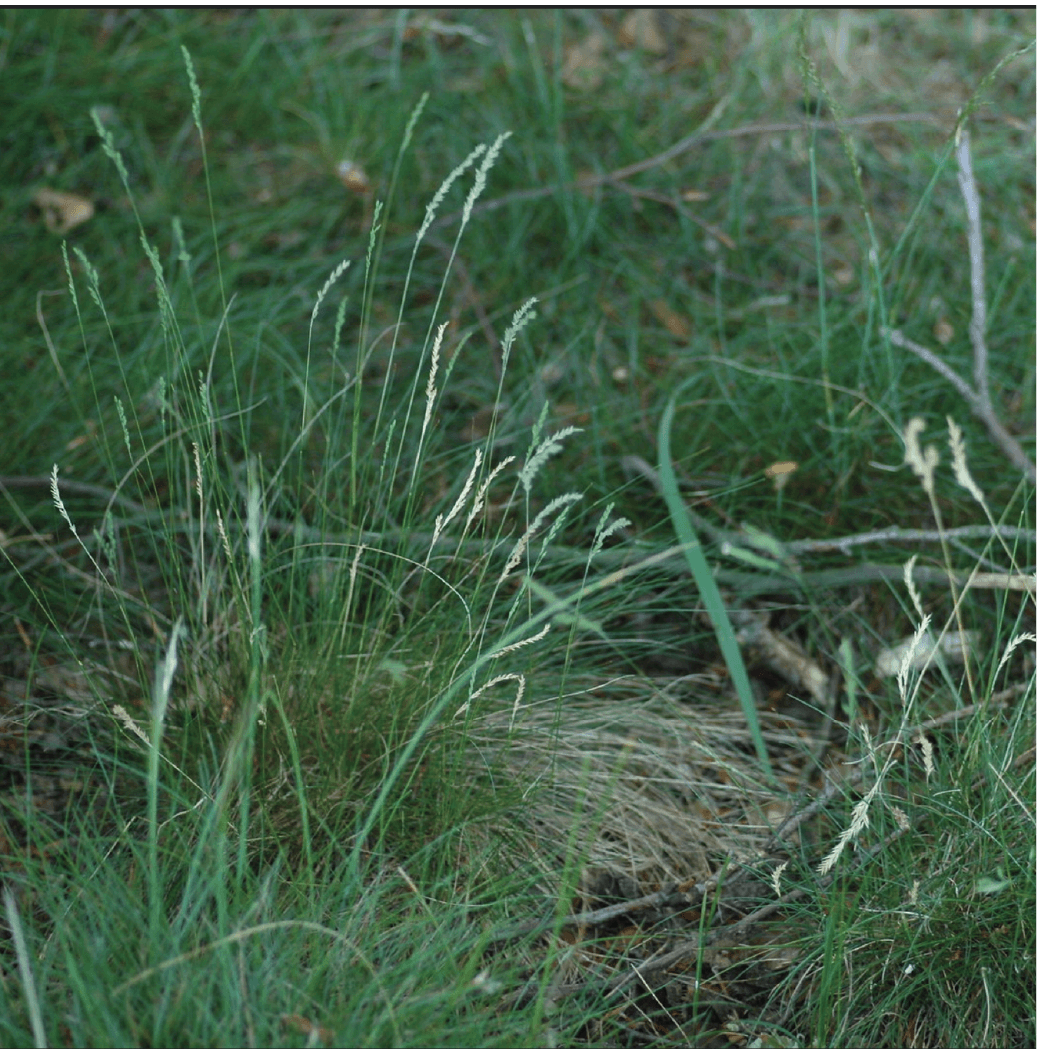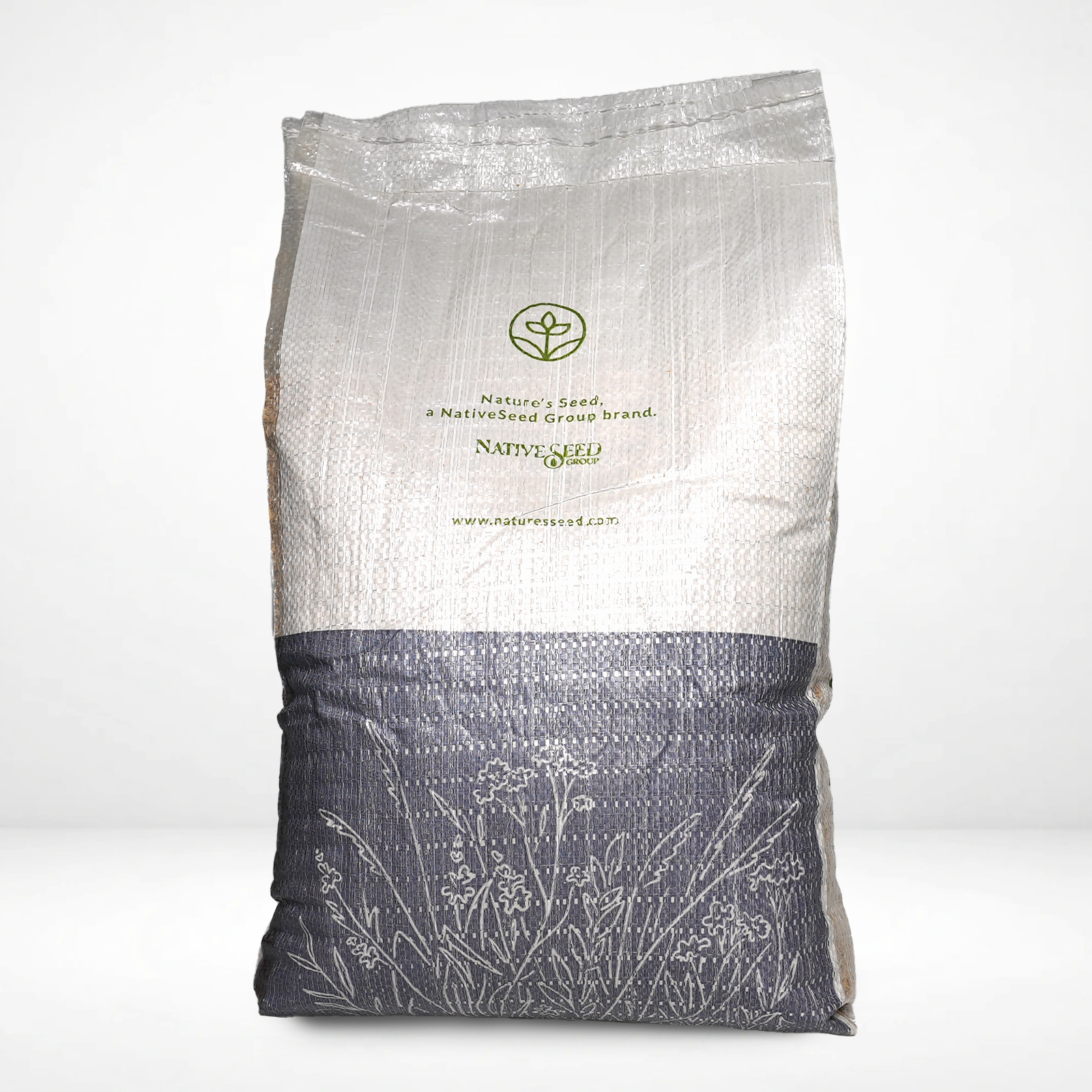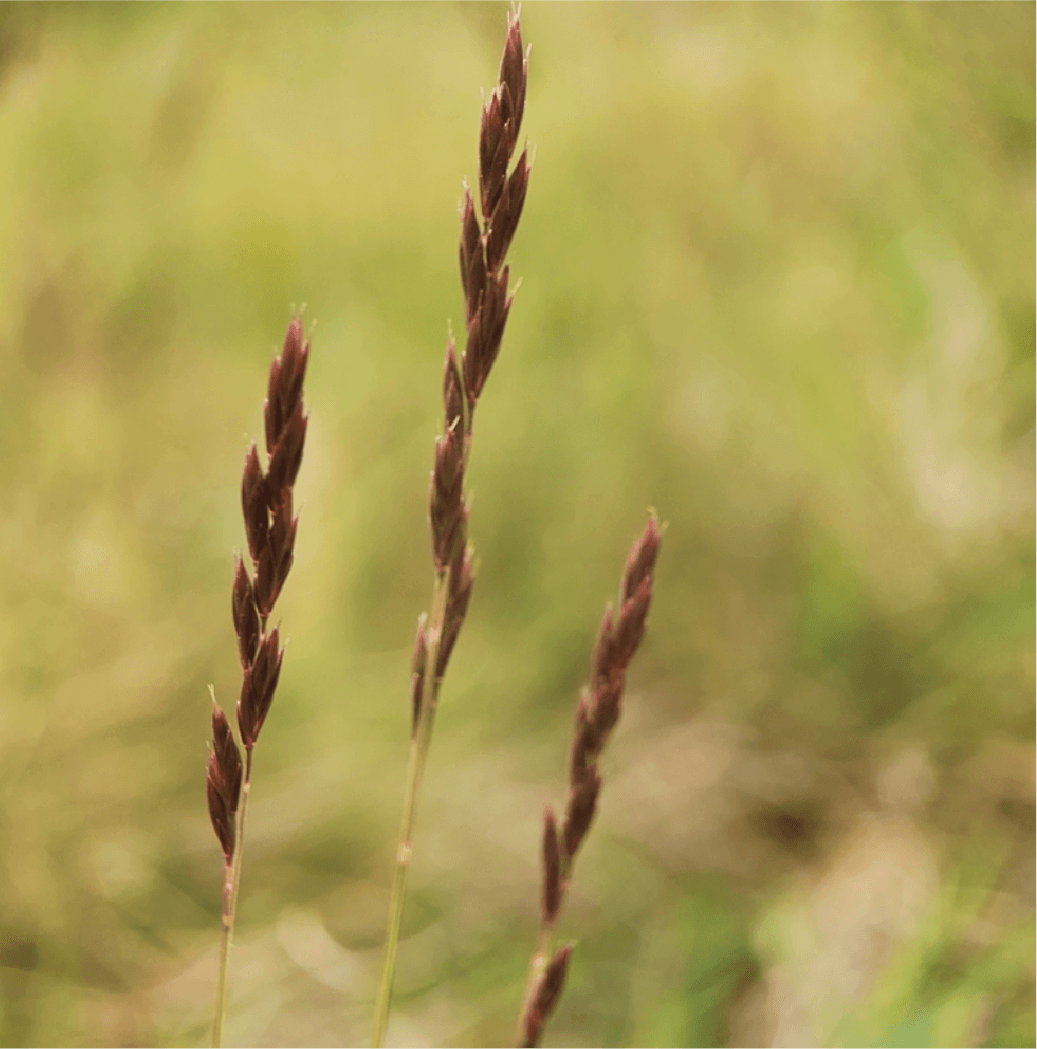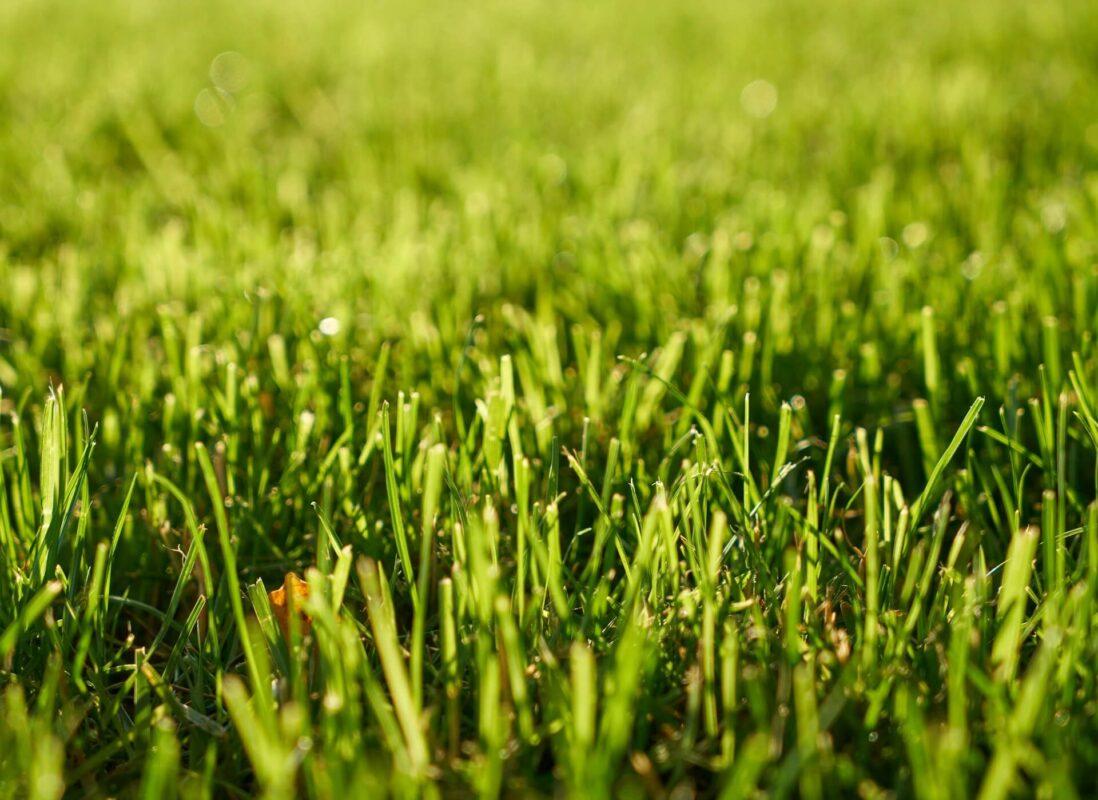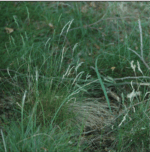
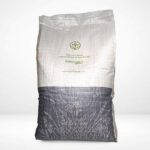

What is Sheep Fescue Grass?
Sheep Fescue (Festuca ovina) is a hardy cool-season perennial bunchgrass groundcover used for erosion control and as a lawn alternative. This short-statured, tufted grass is native to North America and is adapted to a variety of soil types and climates. It establishes quickly with little irrigation, stands up to cold and drought, and controls weeds naturally. Choose this hardy, versatile native bunchgrass to stabilize slopes , cover ground in your orchard or equipment yard, or create a natural meadow look in your backyard.
Specifications
Sun Requirement
Full Sun to Partial Shade
Soil Preference
Silt and sandy loam soils to shallow, dry and gravelly soils
Soil pH
pH 5.5–7.5
Time to Maturity
14-28 days
Height when mature
~6–12 inches
Seeding Rate
20 Lb/Acre
Planting Depth
1/4 inch deep
Sheep Fescue Grass
Festuca ovina | SKU: S-FEOV
Check your ZIP code to know if this seed works for you
Check Your ZIP Code
×Enter your ZIP code to see if this seed works in your region:
Why Choose This Seed?

Extremely Hardy and Versatile
Sheep fescue grows well in a wide variety of soil conditions, from silt and sandy loam soils to shallow, dry and gravelly soils. It has excellent cold tolerance, good drought tolerance, and moderate shade tolerance. It is more drought tolerant than Idaho fescue and hard fescue.
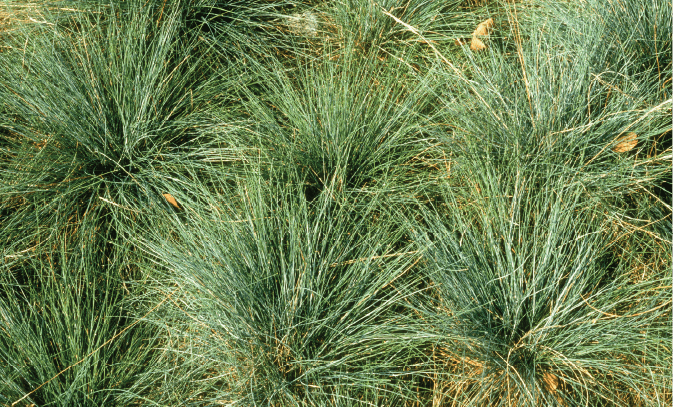
Weed Control
Sheep fescue is an excellent choice for controlling weeds in natural areas because of its robust root system that crowds out unwanted species.
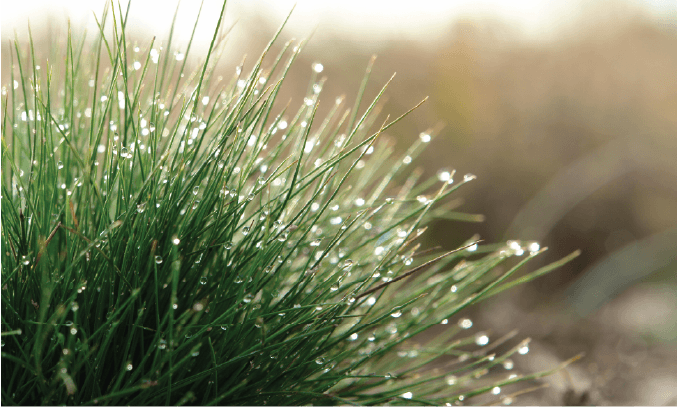
Water-Wise
This species requires very little water once established—just 12 inches of precipitation per year will keep it healthy, and additional irrigation will keep it green year-round.
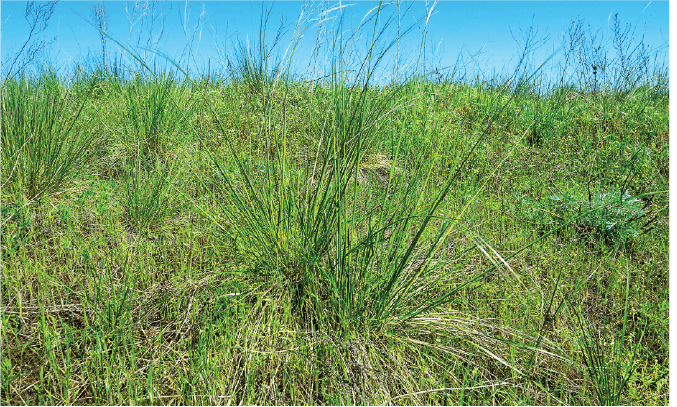
Erosion Control
Sheep fescue is used throughout the United States for erosion control on roadsides, recreational and industrial areas. It provides excellent cover and erosion control due to its bunch type root system.
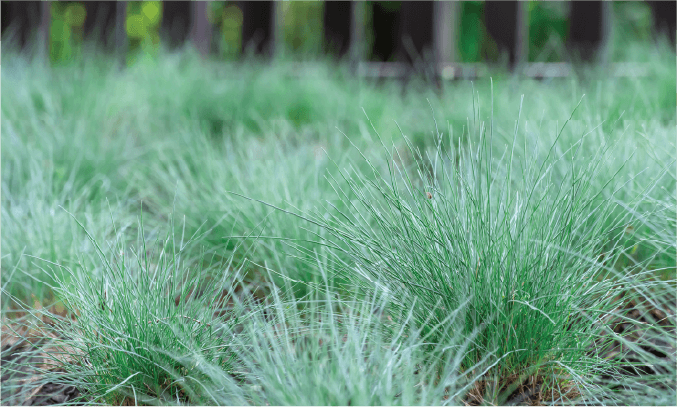
Ornamental Appeal
Sheep fescue has an appealing blue tint to its leaves that stands out from other lawn grasses. Despite its hardiness, the leaves appear thin and delicate. Its short stature (around 12 inches) means that it only needs occasional mowing, or it can be left unmowed for a wavy, meadowlike look.
Seed Description
Product Details
Sun/Shade
Full sun to partial shade
Height
~6–12 inches
Seeding Rate
20Lb/ Acre
Uses
Lawn Alternative, Ornamental Grass, Erosion Control
Color
Blue-green foliage; tan seed heads in summer.
Water
Low
Native/Introduced
Native to cool regions of North America
Life Form
Perennial cool-season grass
Product Uses

Color Through the year
Sheep Fescue greens up early in spring and stays vibrant through early summer. In hot, dry midsummer, it may go dormant and brown slightly, but revives with fall moisture. In mild climates or with light irrigation, it can stay green nearly year-round. It’s one of the earliest to green up and the last to go dormant among low-water grasses.

Erosion Control
A go-to grass for soil stabilization. Sheep Fescue’s dense root system makes it a powerhouse for holding soil on slopes and disturbed sites. Conservationists and highway departments seed it on roadsides, ski hills, canal banks, and burn scars to prevent erosion and runoff. The bunchgrass form creates a fibrous net in the topsoil that grabs hold of loose dirt. It’s often included in reclamation seed mixes for mines and construction areas – especially in semi-arid regions – because it establishes relatively quickly and needs little water or care to persist. If you have a hillside, ditch, or construction patch prone to wash-outs, Sheep Fescue is an excellent solution for long-term soil stabilization.
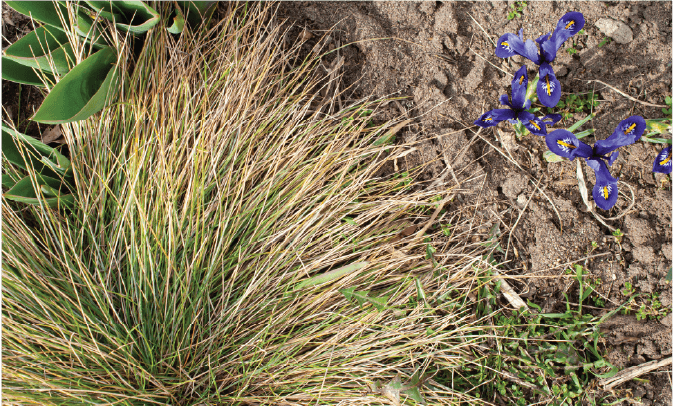
Low-Maintenance Landscaping
Turf alternative for eco-friendly lawns. Tired of constant mowing and high water bills? Sheep Fescue offers a low-input lawn option for large yards, natural parks, or open spaces. Once established, it forms a slow-growing turf that stays around 6–12″ tall. Many homeowners choose it for “no-mow” or infrequently mowed lawns – you might trim it a few times a year, or not at all if you enjoy a wispy meadow look. Its fine texture and gentle blue-green color provide curb appeal without the intensive upkeep of Kentucky bluegrass. Plus, Sheep Fescue lawns require far less irrigation and fertilizer, saving resources and money. It’s an ideal choice for xeriscaping and sustainable landscaping where a softer, more natural lawn is desired.
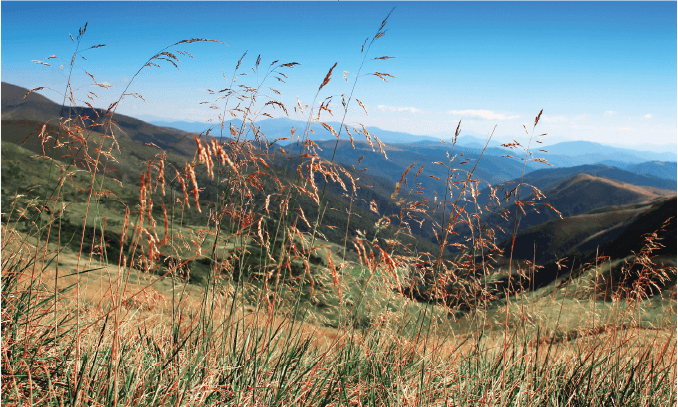
Wildlife Habitat
Supporting native ecosystems. While Sheep Fescue isn’t a showy wildflower, it plays an important supporting role in wildlife habitats. By establishing groundcover on degraded lands, it helps create conditions for other native plants and wildflowers to flourish, which in turn support pollinators and wildlife. This grass is a component of many native seed mixes for prairie and woodland restoration – it coexists well with wildflowers, shrubs, and other grasses, adding plant diversity. Wildlife will graze or use it incidentally (for example, deer and elk may nibble the green growth in cooler months), but its main value is in improving soil stability and plant community health for the benefit of the broader ecosystem. In short, Sheep Fescue is a foundational species for land recovery projects, helping return a natural balance to overused or disturbed areas.
Questions & Answers
What is Sheep Fescue and why do people plant it?
Sheep Fescue is a hardy perennial grass often used as a low-maintenance groundcover and lawn alternative. Landowners plant it for its excellent drought tolerance, soil-stabilizing ability, and adaptability to tough conditions. It’s a cool-season bunchgrass with fine, blue-green leaves that stays short (about 1 foot tall) and needs minimal water or mowing. In short, people choose Sheep Fescue to save water, reduce lawn care, control erosion, and create natural-looking landscapes.
Do I need to mow or fertilize a Sheep Fescue lawn?
Not much at all – that’s the beauty of Sheep Fescue! This grass only grows about 8–12 inches tall on its own. If you’re using it as a no-mow lawn, you can truly leave it untouched for a natural meadow look. The fine blades will eventually flop over and create a soft, wavy texture that many find appealing. If you prefer a tidier appearance, mowing it a few times a year (or just once in mid-summer) is usually sufficient to keep it around 6 inches tall. In terms of fertilizer, Sheep Fescue is adapted to poor soils and doesn’t demand high nutrients. Over-fertilizing can actually encourage weeds to compete. Generally, just fertilize lightly once a year or not at all unless your soil is extremely deficient. Overall maintenance is minimal – mow occasionally if desired, and water deeply but infrequently during prolonged drought, otherwise it’s largely self-sustaining.
Is Sheep Fescue good for grazing? Will livestock or wildlife eat it?
Sheep Fescue isn’t a top-tier pasture grass, but it does have some grazing value. Sheep and goats will graze it, especially new growth in spring, but because it’s so short, it doesn’t provide a lot of feed. Cattle and horses usually ignore Sheep Fescue if other feed is available, as the bunches are small and close to the ground. It’s best to think of Sheep Fescue as a supplemental forage – for instance, in a native rangeland mix, animals might nibble on it early in the season. If you do have it in a pasture, avoid continuous heavy grazing; this grass does not tolerate heavy pressure and can die out if overgrazed. Wildlife such as deer may browse on Sheep Fescue a bit, and some small mammals might eat the seed heads, but it’s not a significant wildlife food plant. Its primary role in grazing lands is as a hardy groundcover that holds the soil and fills in between more palatable grasses.
How do I plant and establish Sheep Fescue?
Planting Sheep Fescue seed is straightforward. For best results, sow in early spring as soon as the ground can be worked (this gives seedlings the cool season to establish). In lighter soils or climates with mild winters, fall (dormant) seeding is also effective – the seeds will sprout in spring. Prepare a clean seedbed by clearing weeds and loosening the topsoil. Sow the seeds at about 1/4″ depth (or simply rake them in; they need shallow soil contact). You can drill-seed or broadcast by hand/spreader. If broadcasting, consider mixing the tiny seeds with sand or sawdust for even distribution. Aim for about 4–8 pounds of seed per acre when planting alone – this works out to roughly 60 seeds per square foot. For small lawn areas, this is approximately 5–6 ounces per 1,000 sq. ft. If you’re mixing with wildflowers or other grasses, you can use a lower rate (the fescue will fill in over time). After seeding, it helps to roll or press the area to ensure seed-to-soil contact. Keep the area moist for the first few weeks; germination takes about 2–3 weeks under cool conditions. Don’t be alarmed if the seedlings are fine and hard to see at first – Sheep Fescue can be slow to get going. Maintain gentle watering (or let spring rains do the job). By summer, you should see little grass clumps established. They will grow fuller in the fall and especially by the next spring. One tip: avoid planting this grass in late summer (unless you can irrigate), as the hot, dry weather can hamper establishment. Patience in the first year will be rewarded with a thick, self-sufficient cover by year two.
Is Sheep Fescue a native grass and is it environmentally friendly?
Sheep Fescue is considered native to parts of North America (as well as Europe and Asia) – it has a circumboreal distribution, meaning it’s found around the northern regions of the globe. In the U.S., it’s indigenous to many western and mountain areas, so using it in those regions is reintroducing a native component. Even where it’s not originally native, it is not invasive or aggressive. It tends to stay where planted and does not spread via rhizomes, only by seed. It’s generally viewed as environmentally friendly: it requires no chemical inputs (being naturally disease-resistant and weed-suppressing) and very little water, which conserves resources. In restoration projects, it helps recover ecosystems by stabilizing soil and allowing other native plants to get established. Just be sure to source your Sheep Fescue seed from a reputable supplier that offers the right variety for your area (some cultivars are bred for turf, others for rangeland). When planted in suitable climates, Sheep Fescue is a sustainable choice that aligns well with conservation and native landscaping goals.
Will Sheep Fescue stay green year-round?
Sheep Fescue is a cool-season grass, so its growth cycle follows the cooler parts of the year. It “greens up” early in spring (earlier than warm-season grasses like buffalo grass) and stays green through spring and into early summer. In hot mid-summer, especially if it’s very dry, Sheep Fescue may go semi-dormant – it can turn a dull green or light brown as it conserves water. This is normal and temporary. With a bit of late summer rain or by fall as temperatures cool, it will flush green again. In milder climates or with a little irrigation, it can indeed stay green nearly all year. In cold winter areas, it will hold its blue-green color well into late fall; once hard freezes and snow hit, it may brown off, but often still provides a greenish groundcover under snow. Come spring, it bounces back from its base growth. So, in summary: expect a nice green lawn in spring and fall, a slower phase in peak summer (unless watered), and some persistence of color in winter depending on your climate. If having year-round green is important, occasional watering in summer can keep it from browning out, but even without that, it’s one of the earliest to green up and latest to go dormant among low-water grasses.
Still have
questions?
Our planting experts
are here to help.
customercare@naturesseed.com
Response time:
Within 1 business day
Reviews
| Dimensions | 6 in |
|---|---|
| Sun/Shade | |
| Est Rate | |
| Texture | |
| Height | |
| Seeding Rate | |
| Uses | , , , , |
| Color | , |
| Mix Contents | |
| Water | |
| Lowest price | |
| Pounds | , , , , |
| Coverage Area | , , |
Related Products
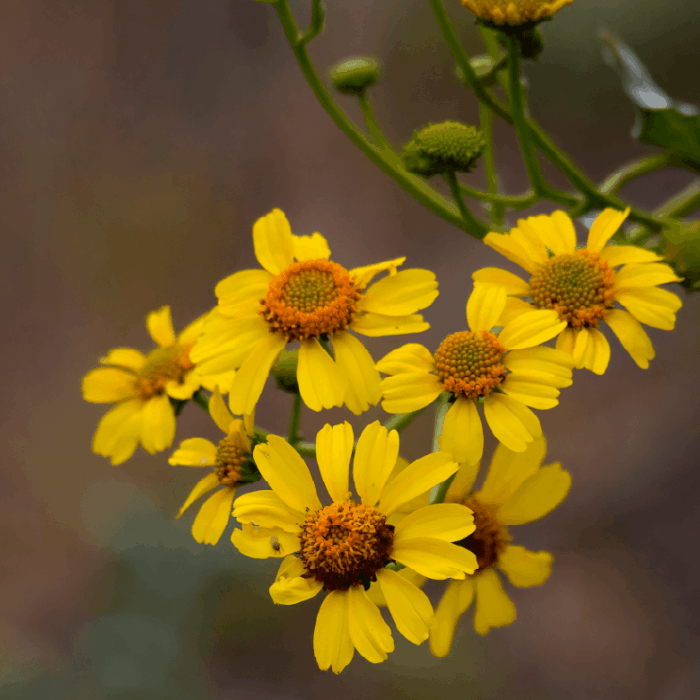
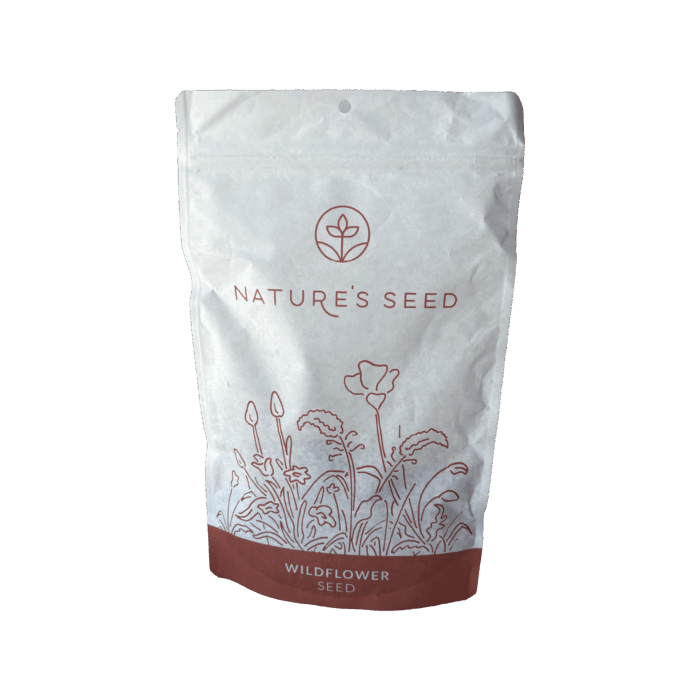
Brittlebush
(4.7) - 145 reviews
$35.96/lb
Desert landscaping, xeriscaping, slope revegetation, pollinator gardens
Southern USDA Regions (8-10), Transitional USDA Regions (6-8)

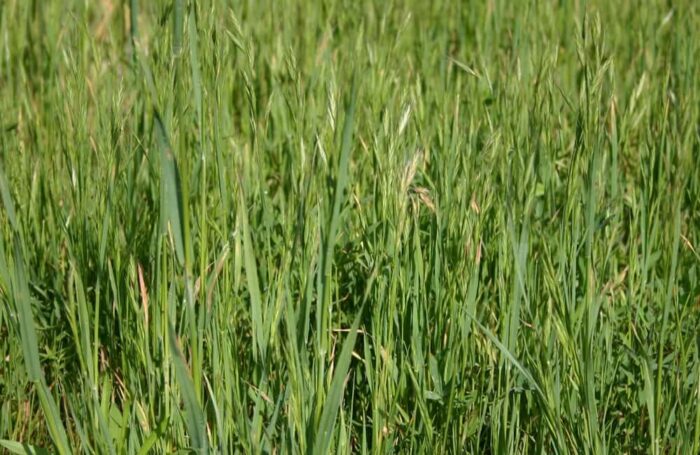
California Native Erosion Control Mix
(4.7) - 145 reviews
$35.00/lb
Erosion control, Sustainable landscaping, Wildlife Corridors, Native Meadows, Habitat restoration
Southern USDA Regions (8-10), Transitional USDA Regions (6-8)
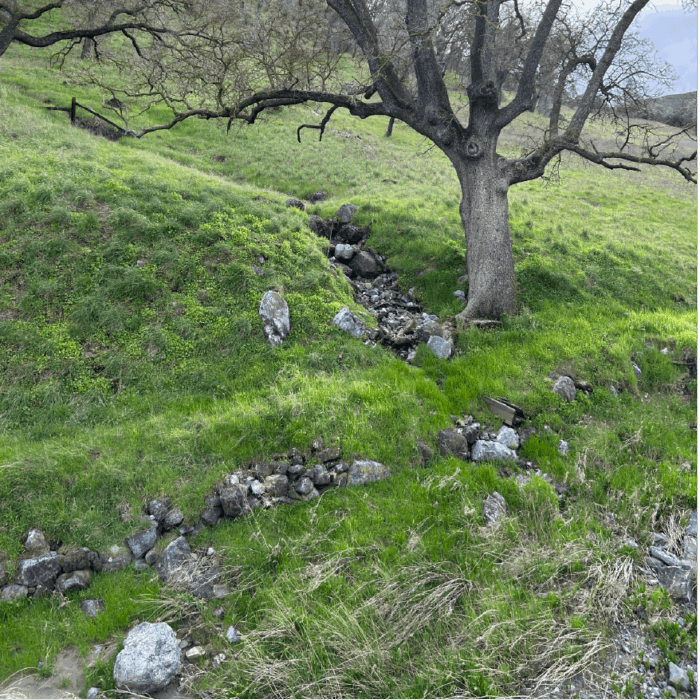
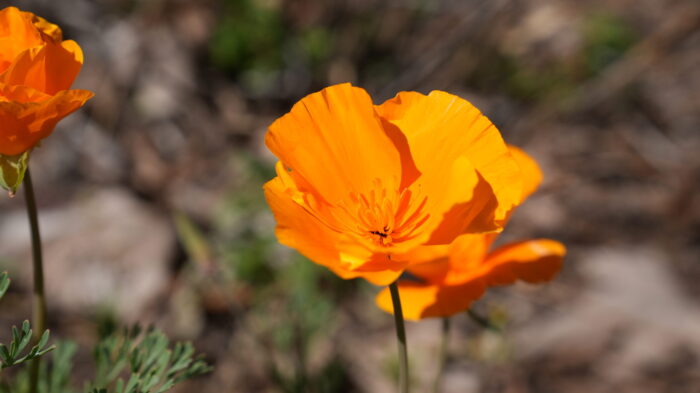
California Native Fire-Wise Mix
(4.7) - 145 reviews
$65.00/lb
Defensible space, Post-fire revegetation, Erosion control, Wildlife habitat, Pasture enhancement
Southern USDA Regions (8-10), Transitional USDA Regions (6-8)
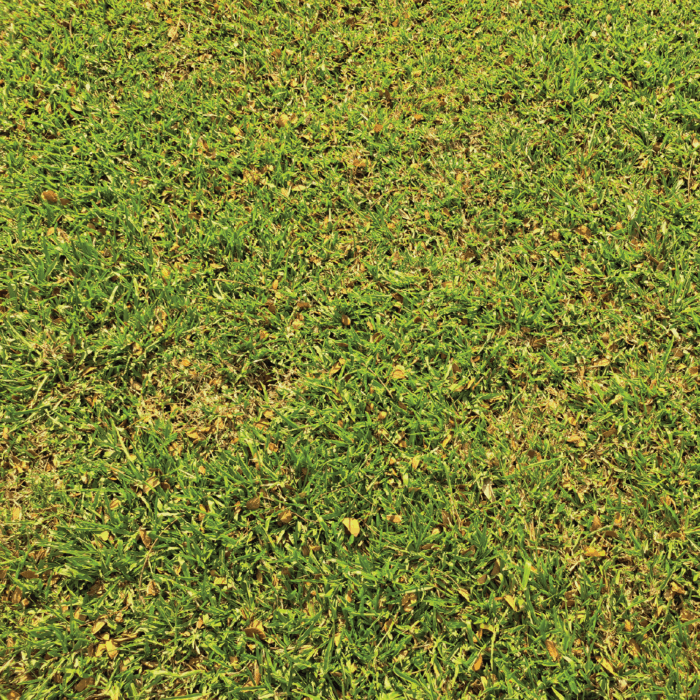
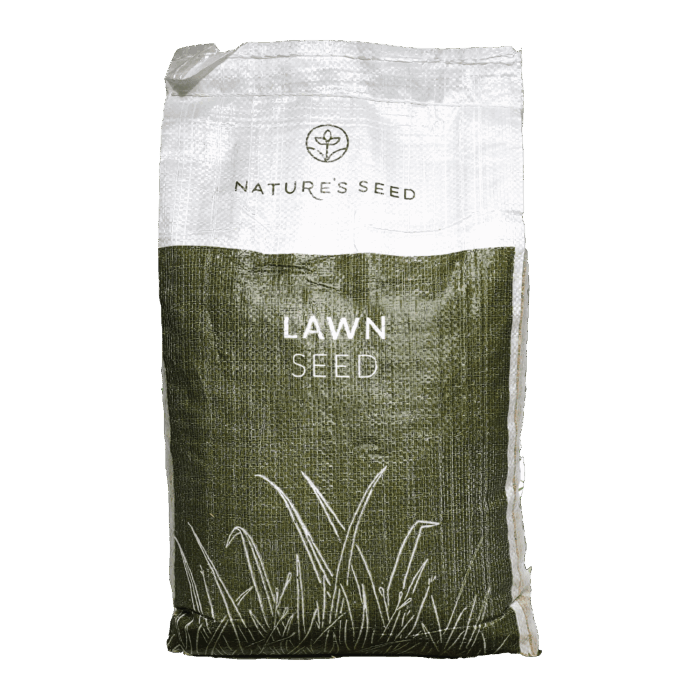
Perennial Ryegrass Fast-Growing Lawn Mix
(4.7) - 145 reviews
$49.99
5 Lb - 1,000 Sq. FtSports Turf; Quick Cover & Overseeding; Cool-Season Region; Irrigated Landscapes
Northern USDA Regions (3-5), Transitional USDA Regions (6-8)
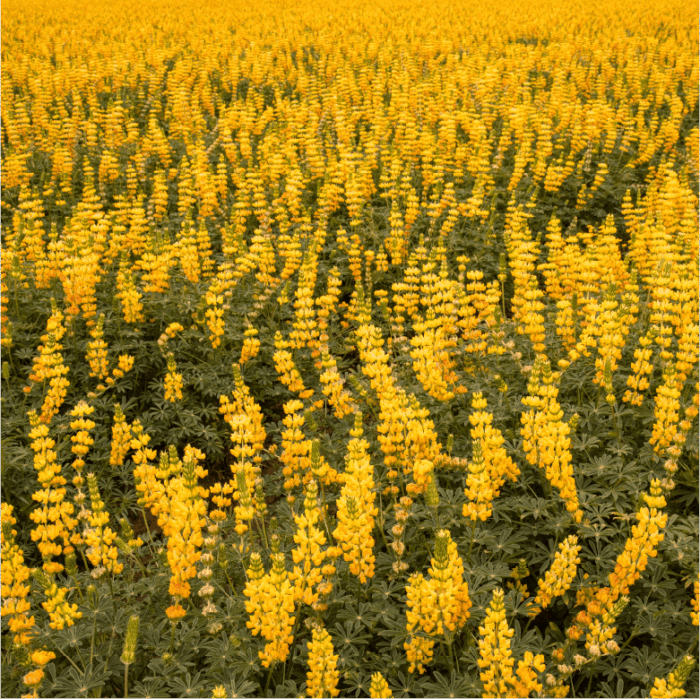

Yellow Lupine
(4.7) - 145 reviews
$100.00/lb
Wildflower meadows, soil improvement (green manure), erosion control, pollinator gardens
Southern USDA Regions (8-10), Transitional USDA Regions (6-8)
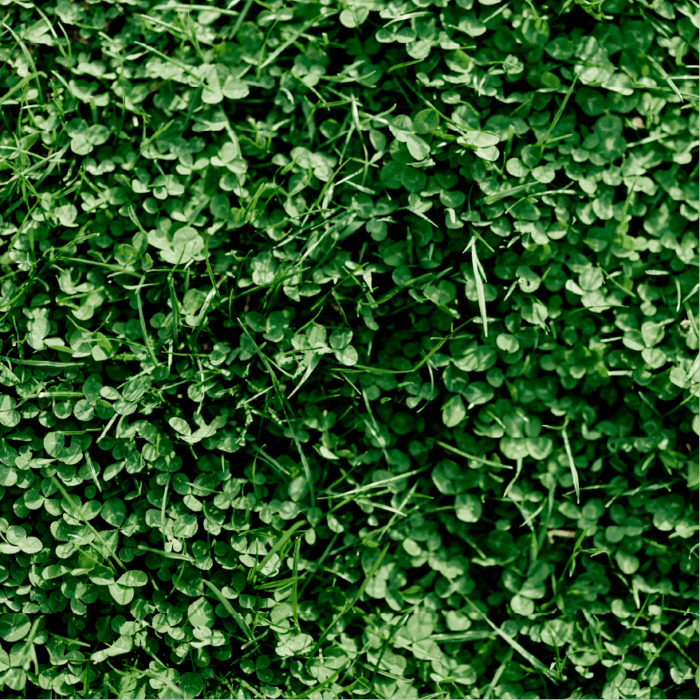
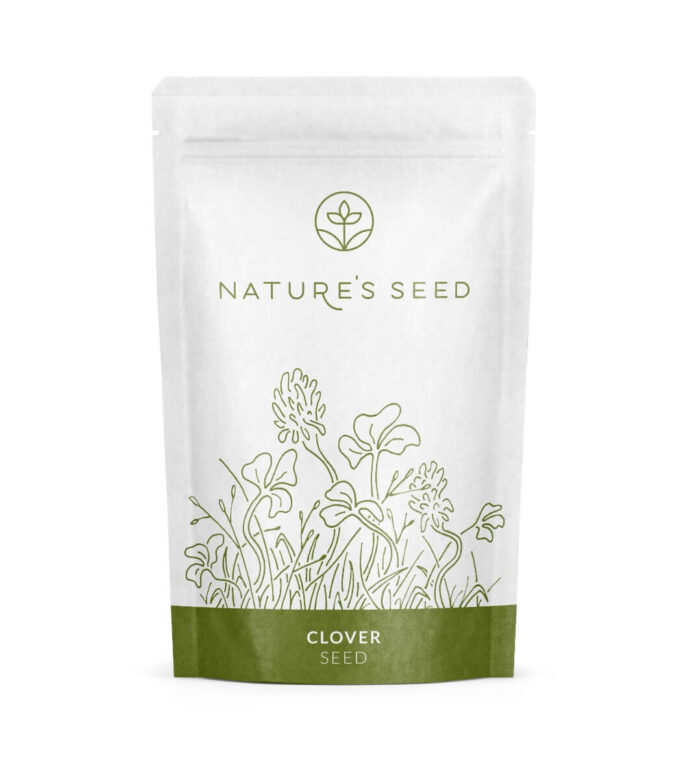
Micro Clover Seed
(4.7) - 145 reviews
$44.99/lb
Low-maintenance lawn alternative or overseed mix-in for grass; ideal for home lawns, sports fields, parks, dog runs, slopes and erosion control areas.
Northern USDA Regions (3-5), Southern USDA Regions (8-10), Transitional USDA Regions (6-8)
